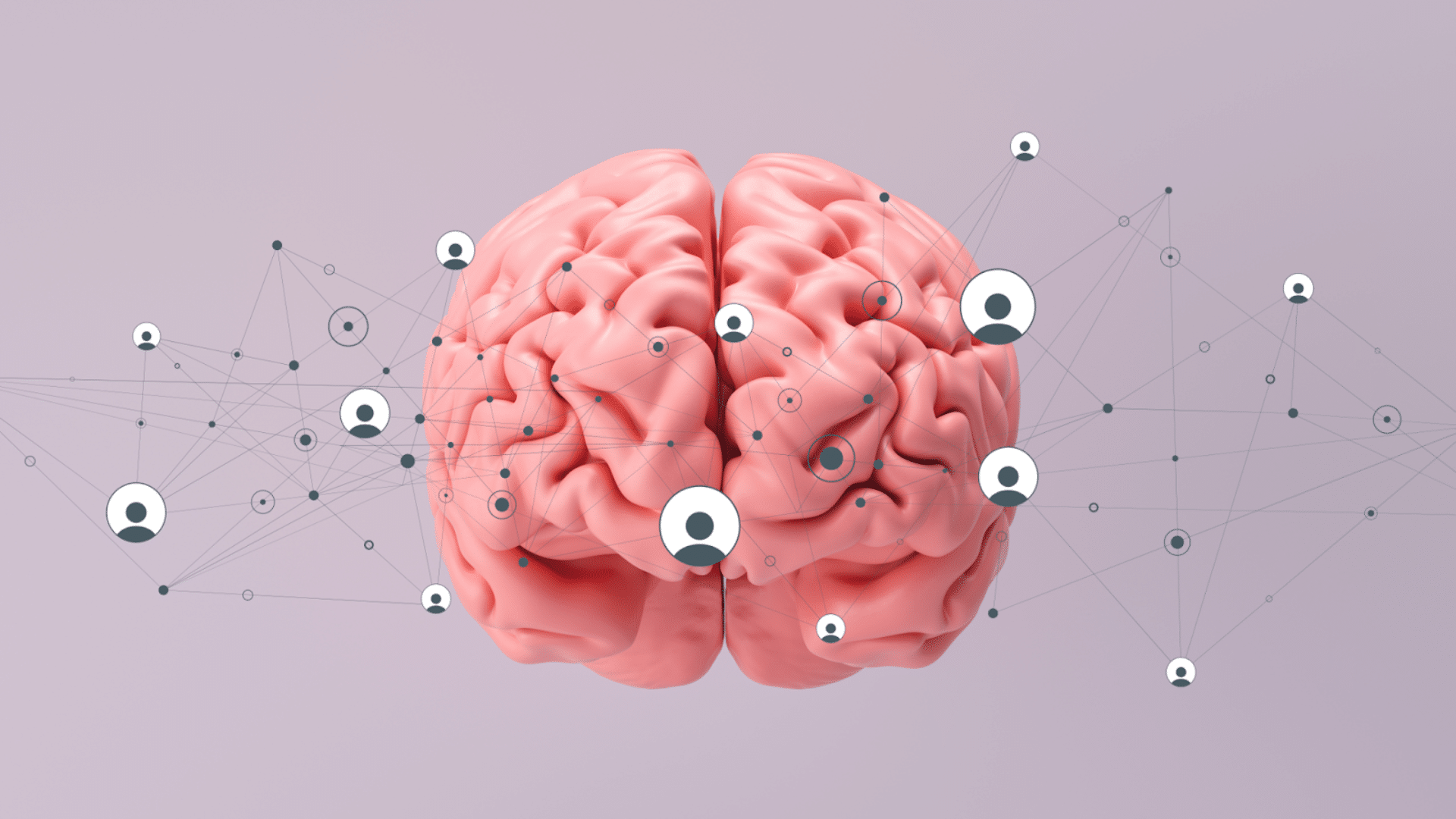Unraveling the secrets of the Meta learning phase can be a real head-scratcher, even for the pros. This is especially true in this fast-paced advertising world, where staying ahead of the competition is always top of mind. In this blog, we’ll dive into the nitty-gritty of best practices and show you the awesome perks that come with understanding and unleashing the full potential of the Meta learning phase.
What Is the Learning Phase?
The learning phase is a crucial aspect of advertising on Meta. It starts when you publish new changes within Meta’s Ads Manager, such as launching a new campaign, ad set, or ad. During this phase, Meta begins serving ads to users, and elements, such as ad creative, audience demographics, ad placement, and bidding strategies are tested. The algorithm may not reach the ideal audience right away while learning, so performance may be less stable until ad sets collect around 50 optimization events since its last significant edit. If 50 optimization events are not met, this will place ad sets in “Learning Limited” which signals the algorithm may need more budget, content, or targeting adjustments to properly learn.
What Sets Campaigns Back Into the Learning Phase?
Making frequent changes to the campaign, ad set, and ad level during the learning phase can disrupt the algorithm’s learning process and delay the optimization of your ads. According to Meta, the following are considered significant changes:
- Changes To Targeting
- Changes To Ad Creative
- Changes To Optimization Event
- Adding A New Ad To Your Ad Set
- Pausing Your Ad Set For 7 Days Or Longer
- Changing Bid Strategy
- Adjusting the Budget Amount
- If you increase or decrease your budget by 20%, it isn’t likely to cause one or more ad sets to reenter the learning phase. However, adjustments above 20% are advised against as they may cause one or more ad sets to reenter the learning phase.
With the above as a consideration, it is generally recommended to allow the learning phase to run its course and accumulate sufficient data before making modifications unless crucial to do so. Outside of the changes listed above, it is also recommended to avoid high ad volumes and use realistic budgets for the most success in the learning phase.
Why Do We Need the Learning Phase?
In short, the learning phase allows you to make informed decisions regarding your advertising efforts! Once the learning phase concludes, Meta’s algorithm is better equipped to optimize ad delivery, resulting in more consistent and efficient performance. Armed with a deeper understanding of audience behavior, preferences, and contextual relevance, the algorithm becomes more adept at selecting the right target audience, identifying optimal ad placements, and optimizing the frequency and timing of ad delivery. As a result, advertisers may expect a range of potential learning outcomes, including improved campaign performance, so you shouldn’t try to avoid the learning phase completely.
How Can Learnings Be Analyzed and Applied?
For better or worse, the results the learning phase produces help drive data-driven optimizations on the campaign, ad set, and ad level. The results produced following the learning phase are based on actual behaviors by users and reflect true customer behaviors that you can learn from. Examples of potential takeaways include a better understanding of which creative and targeting combinations perform best, how to allocate budget to reach new and existing audiences, and more.
General Best Practices During the Learning Phase
The learning phase looks different for everyone, but in general, there are a few things you can do to encourage success in the Meta learning phase.
- Avoid High Ad Volumes
The more ads that are running within a designated ad set, the more the learning phase has to learn. It is generally recommended to keep ads proportionate with budget levels to encourage adequate spending for each ad. As learnings are collected, some ads may be favored over others and given more budget, but in those cases, it is typically due to a certain ad being a clear winner according to the algorithm.
- Use Realistic Budgets
Allocating a budget that isn’t aligned with your goals may result in the delivery system having an inaccurate indicator of the people for whom the delivery system should optimize. Finding the correct budget may require testing, and is recommended in no more than 20% increments, as mentioned above.
Now, the learning phase isn’t exclusive to Meta. Other platforms, such as TikTok, LinkedIn, Snapchat, and Pinterest, all have learning phases of their own to help advertisers make more informed decisions. And while we may not enjoy navigating it, patience is key as the learning phase on any platform is essential for campaign success.




